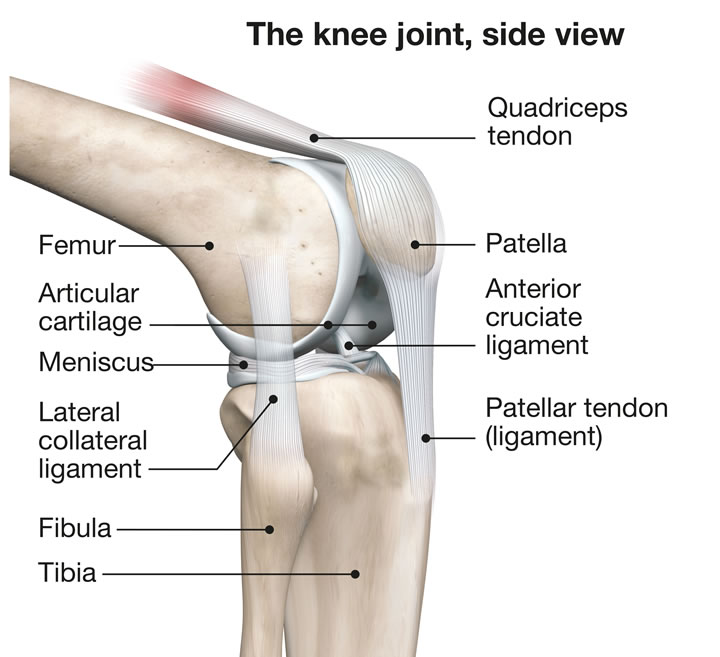

The patella is located in the anterior region of the knee. It has an anterior surface and a posterior surface that slides, during flexion and extension, within the femoral intercondylar groove, a groove on the anterior side of the femur, between the femoral and medial condyles. The patella plays a fundamental role in the extensor system of the knee, since the quadriceps muscle is inserted at its superior pole and the patellar tendon originates from its inferior pole.





